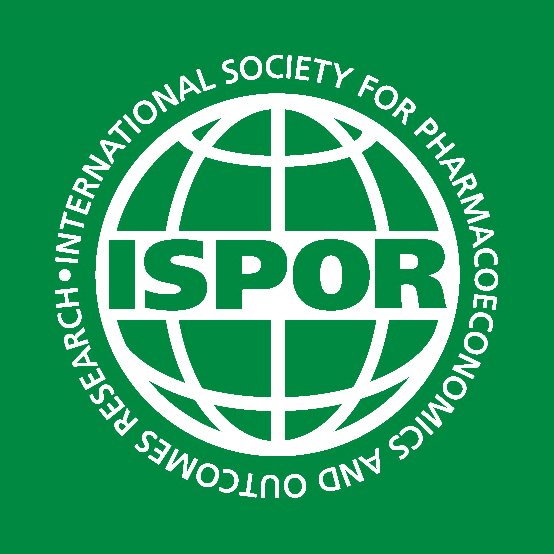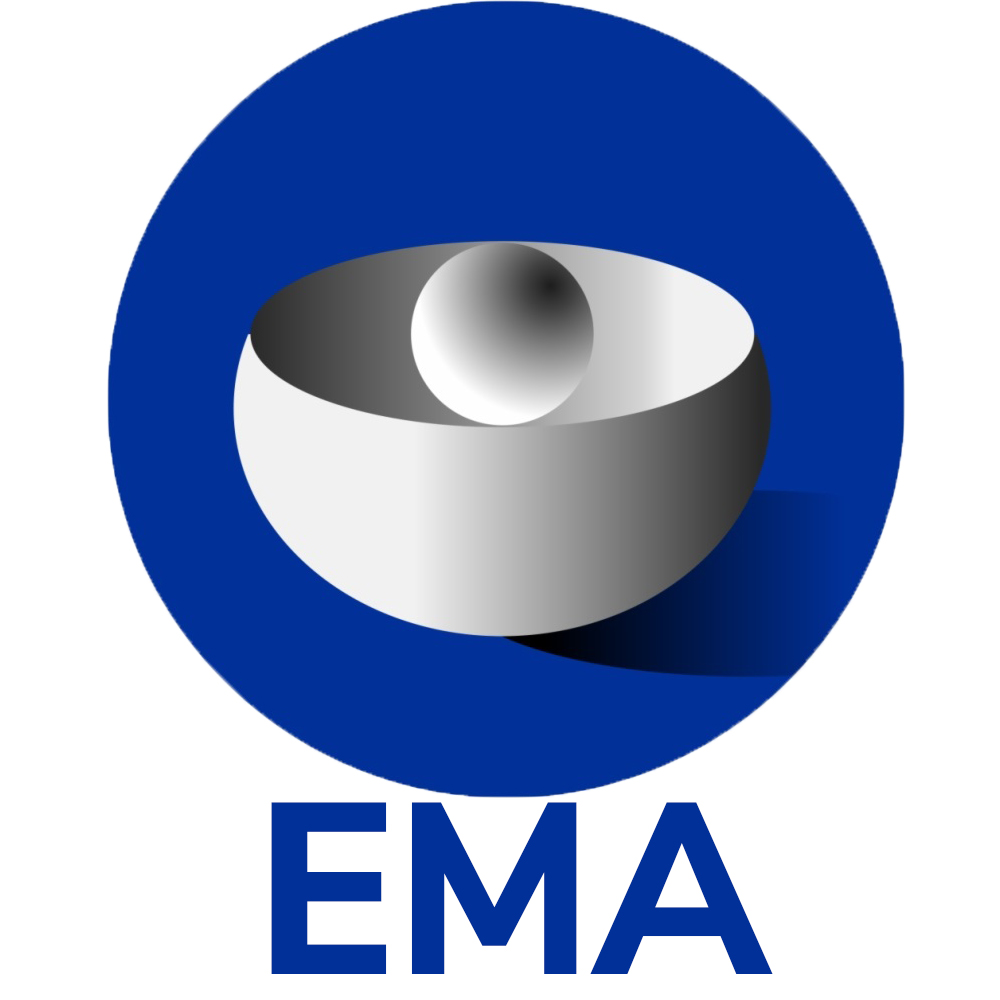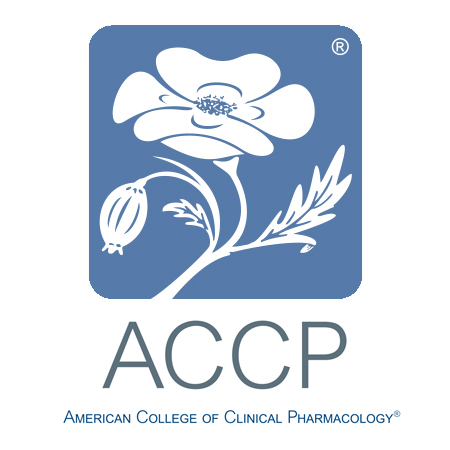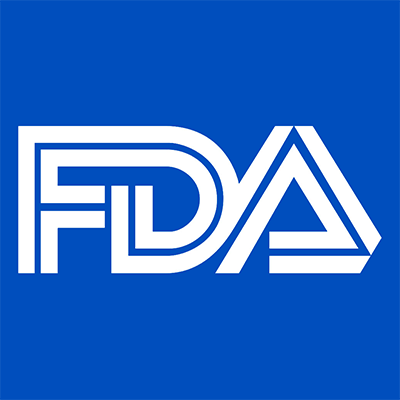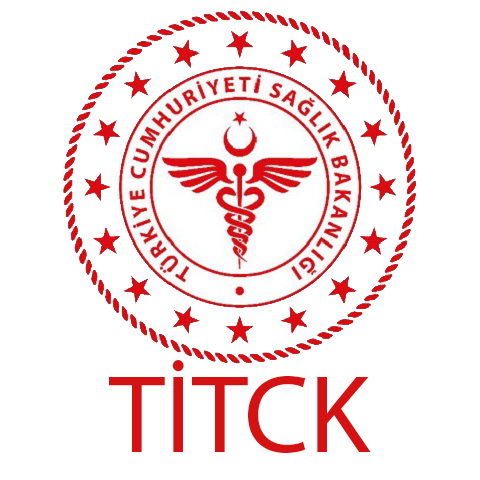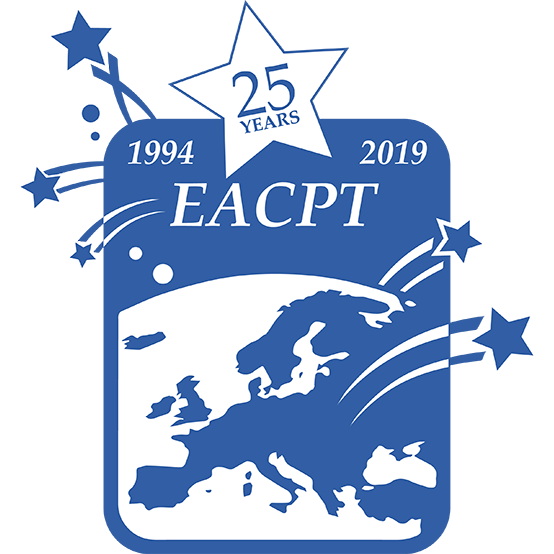
Paracetamol: Useful or Harmful?
Prof. Dr. F. Cankat Tulunay
www.klinikfarmakoloji.com
Introduction
Recently, after U.S. President Trump stated that paracetamol is associated with autism, global debates have arisen, causing concern among users. A detailed article on this subject had previously been published (https://www.klinikfarmakoloji.com/index.php/aci-ilac/parasetamol-ve-otizim). Several scientific bodies (European Medicines Agency, UK health authorities, various professional societies) clarified that Trump’s claim was not scientifically valid. In Turkey, however, apart from the Turkish Medical Association (TTB), no official statement was made by the Ministry of Health to inform the public. Paracetamol (acetaminophen) is one of the most widely used analgesic and antipyretic drugs worldwide, with an annual global market value of 10–12 billion USD. In Turkey, while the exact figure is unknown, it is estimated to be around 70–140 million USD annually. Paracetamol is often the first-line choice for pain and fever, and is considered a safer alternative to aspirin, especially in children. Despite being perceived as safe, its narrow therapeutic index and risk of severe hepatotoxicity in overdose have triggered intense debates on its over-the-counter (OTC) availability and long-term safety. This article discusses the international debate on whether paracetamol should be prescription-only, its adverse effect profile, acute liver failure (ALF), mortality, and rare adverse outcomes.
The Debate on Prescription-Only Status
Globally, paracetamol is largely available as an over-the-counter (OTC) medicine. However, due to safety concerns—particularly overdose risk, liver toxicity, suicide attempts, and public health burden—some countries have questioned whether it should be prescription-only.
In the UK, since 1998, strict pack size limitations have been introduced (maximum 32 × 500 mg in pharmacies, 16 × 500 mg in supermarkets). Following these restrictions, paracetamol-related deaths decreased by 21–43% and liver transplants by 61–66%. Within the NHS, 1 g tablets are only available by prescription.
Arguments in favor of prescription-only status include reducing overdoses and suicide attempts, and enabling closer monitoring of chronic users. Arguments against include increased burden on the healthcare system, restricted access for simple pain/fever, and added cost.
Adverse Effects
Although paracetamol is generally considered safe, adverse effects have been reported:
- Common: nausea, vomiting, dyspepsia, mild rash, urticaria.
- Serious: hepatotoxicity (especially in overdose, acute liver failure), Stevens–Johnson syndrome, toxic epidermal necrolysis, hematological disorders (thrombocytopenia, agranulocytosis).
- Cardiovascular: sodium-containing effervescent forms may increase risk of hypertension.
- Pediatric safety: considered safe at therapeutic doses, but overdose remains a leading cause of pediatric acute liver failure.
- Rarely reported: isolated case reports of Reye-like encephalopathy after therapeutic doses, though not confirmed by strong epidemiological evidence. Other rare adverse effects include bloody or tarry stools, hematuria, fever with or without chills, flank pain, red skin lesions, mucosal ulcers, unusual bleeding or bruising, severe fatigue, and jaundice.
Liver Toxicity and Mortality
Paracetamol overdose is the most common cause of acute liver failure (ALF) in many high-income countries such as the USA and UK, and the second most frequent cause of liver transplantation worldwide. In the USA, it accounts for ~56,000 emergency visits, 2,600 hospitalizations, and ~500 deaths annually. In the UK, ~60% of ALF cases are linked to paracetamol. In children, the 2024 PALF cohort found that 19.7% of pediatric ALF cases were associated with paracetamol overdose.
Global meta-analyses show that paracetamol accounts for 6% of all drug poisonings, 56% of severe ALF, and 7% of liver transplants. This represents a significant public health burden worldwide. Annually, approximately 3,200 deaths occur globally (0.04 per 100,000 population). Incidence of overdose is estimated at 7.4 cases per 100,000 annually (about 592,000 cases worldwide).
Overall mortality among overdose cases is around 0.1%, but once liver failure develops, mortality rises to ~28%, with one-third of these patients requiring transplantation. Risk factors for paracetamol-induced liver failure include alcohol use, malnutrition, and concomitant hepatotoxic medications.
Situation in Turkey
According to data from the Turkish Association for the Study of the Liver (TKAD), paracetamol accounted for 9.5% of ALF cases (8 out of 84), while mushroom poisoning (Amanita phalloides) was more common (29.8%). Thus, paracetamol remains an important but not the leading cause of ALF in Turkey.
Emergency Department Data:
- Eurasian Journal of Toxicology (2019): Among 55 patients, 56.4% had toxic ingestions. No deaths or transplants were reported, but significant increases in ALT, AST, and INR were noted.
- Karya Journal of Health Science (2016–2021): Among 38 cases, 63.2% were suicide attempts. Most received activated charcoal (73.7%) and gastric lavage (68.2%), while 23.7% were treated with N-acetylcysteine (NAC). Severe clinical outcomes were rare.
Policy Commentary:
Large-scale epidemiological studies are lacking in Turkey, and the national pharmacovigilance authority (TİTCK) is relatively inactive in disseminating safety reports. Most adverse event notifications are derived from clinical trial obligations rather than spontaneous reports. The data suggest that while paracetamol is a significant cause of ALF, it follows mushroom poisoning in frequency. Suicide-related overdoses are common, and measures such as package size limitations, pharmacist counseling, and mental health screening are needed. Early NAC treatment helps keep mortality and transplant requirements low.
Discussion
Paracetamol is an effective and inexpensive drug, but its narrow therapeutic margin makes it a major public health concern. UK legislation restricting pack sizes significantly reduced mortality and liver transplants. While paracetamol is considered a safer alternative to aspirin in relation to Reye’s syndrome, rare case reports of Reye-like encephalopathy after paracetamol use have been published. Although of limited clinical importance, such reports are noteworthy pharmacovigilance signals.
The most appropriate strategy includes package size restrictions, public education, and strengthened pharmacovigilance. Rather than making paracetamol strictly prescription-only, rational limitations and public awareness are more effective.
Conclusion
Paracetamol remains one of the most commonly used analgesics, generally safe at therapeutic doses. However, overdose can lead to acute liver failure and death. While considered safe in children at therapeutic doses, rare reports of Reye-like syndromes exist. Public health authorities should continue to review its benefit–risk balance, implement rational restrictions, and raise awareness among clinicians and the public.
Safe Dosage and Toxicity Thresholds
Recommended Maximum Daily Dose:
- Adults (healthy, short-term use): ≤ 4 g/day; ≤ 3 g/day for elderly, underweight, malnourished, or chronic alcohol users.
- Children: 10–15 mg/kg per dose every 4–6 hours; maximum 60 mg/kg/day.
Acute Toxicity Threshold:
- ≥ 150 mg/kg in a single ingestion may cause hepatotoxicity (evaluated using the Rumack–Matthew nomogram).
- ≥ 200 mg/kg increases risk of severe toxicity; ≥ 300–400 mg/kg may be fatal if untreated.
Chronic Toxicity:
- Repeated supratherapeutic doses (> 4 g/day in adults for several days) may cause hepatotoxicity.
- Risk is higher in chronic alcohol use, malnutrition, or liver disease.
N-acetylcysteine (NAC) is highly effective if administered within 8–10 hours of ingestion, markedly reducing liver injury and mortality.
References
- 1. Roberts E, et al. Paracetamol: not as safe as we thought? Ann Rheum Dis. 2016;75(3):552–559.
- 2. McCrae JC. Long-term adverse effects of paracetamol – a review. Br J Clin Pharmacol. 2018;84(12):2840–2851.
- 3. Agrawal S, Khazaeni B. Acetaminophen Toxicity. StatPearls. 2023.
- 4. Yoon E, et al. Acetaminophen-induced hepatotoxicity: a comprehensive update. J Clin Transl Hepatol. 2016;4(2):131–142.
- 5. Chidiac AS, et al. Paracetamol overdose and hepatotoxicity. Expert Opin Drug Saf. 2023.
- 6. Fernández J, et al. Acute liver failure: A practical update. JHEP Reports. 2024.
- 7. Hawton K, et al. UK legislation on analgesic packs: before and after study. BMJ. 2001;322:1203–1207.
- 8. Hawton K, et al. Long-term effect of reduced pack sizes of paracetamol on poisoning deaths. BMJ. 2013;346:f403.
- 9. Abimannane A, et al. Clinical profile and outcomes of children with acute liver failure. Pediatr Gastroenterol Hepatol Nutr. 2024;27(1):43–52.
- 10. Orlowski JP. Is acetaminophen safe for children and infants? Lancet. 1987;2(8574):1053–1054.
- 11. Lee WM. Acetaminophen (APAP) hepatotoxicity—Isn’t it time for APAP to go away? J Hepatol. 2017;67(6):1324–1331.
- 12. Larson AM, Polson J, Fontana RJ, et al. Acetaminophen-induced acute liver failure: Results of a United States multicenter, prospective study. Hepatology. 2005;42(6):1364–1372.
- 13. Bernal W, Wendon J. Acute liver failure. Lancet. 2017;389(10069):252–261.
- 14. Turkish Association for the Study of the Liver (TKAD). Acute Liver Failure Data. Presentation, 2023.
- 15. Yılmaz A, et al. Evaluation of patients presenting to the emergency department with paracetamol intoxication. Eurasian J Toxicology. 2019.
- 16. Karya Journal of Health Science. Acetaminophen Poisoning Characteristics: Retrospective Analysis of 38 Cases. 2021.
- 17. Demircan A, et al. Intravenous N-acetylcysteine Adverse Reactions in Paracetamol Poisoning: Experience from a Turkish Emergency De
This article was prepared with the assistance of artificial intelligence–based tools

